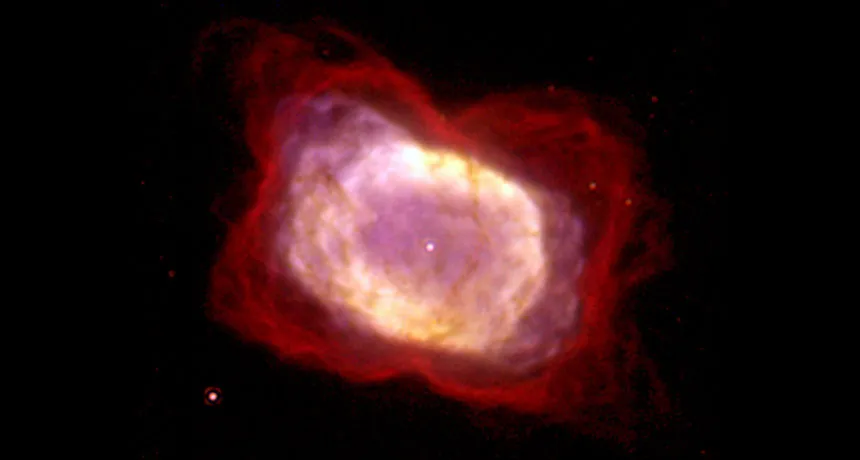
CHEMICAL RELIC The elusive helium hydride ion, thought to be the first type of molecule to form in the universe, has been found in the planetary nebula NGC 7027 (shown in infrared light in this Hubble image).
William B. Latter/SIRTF Science Center/Caltech, NASA, ESA






